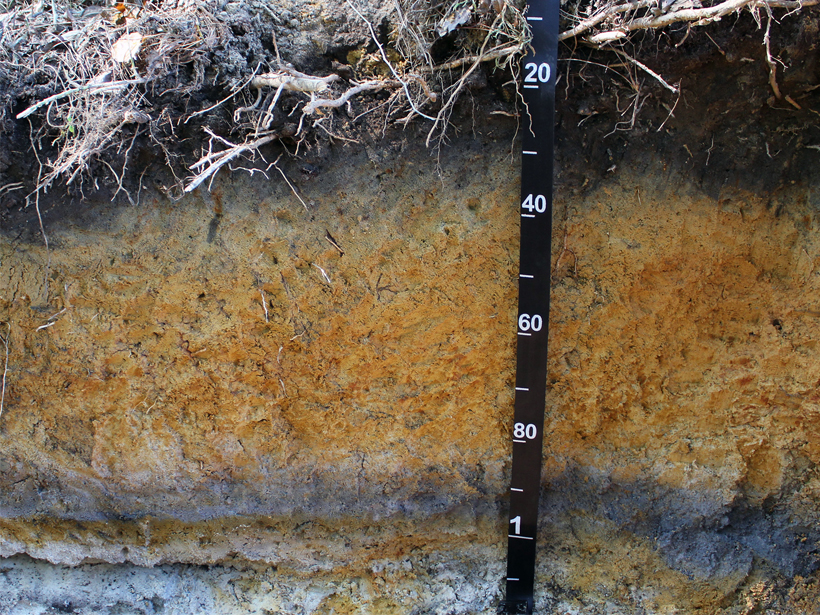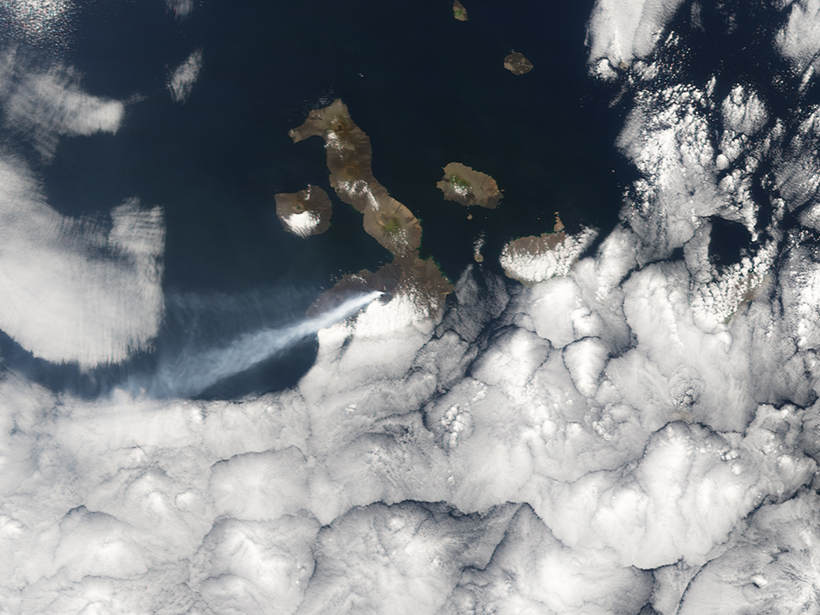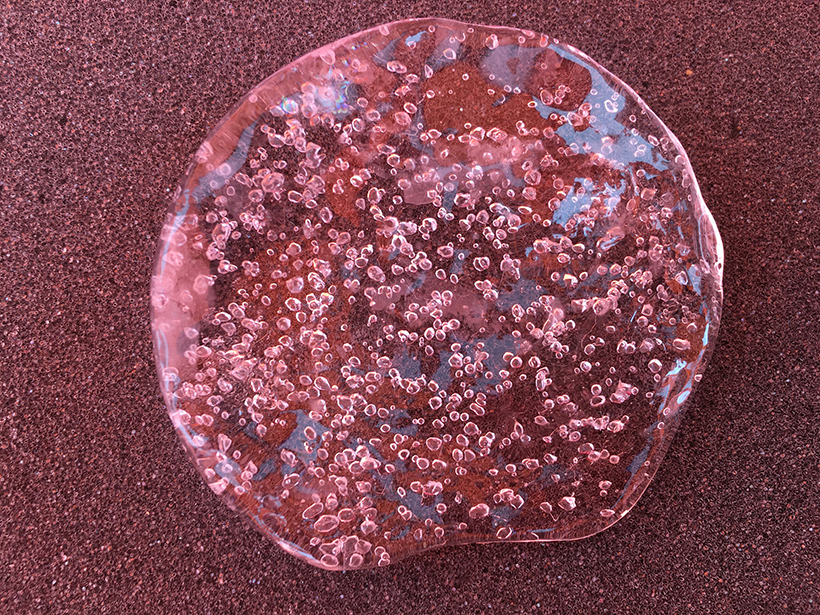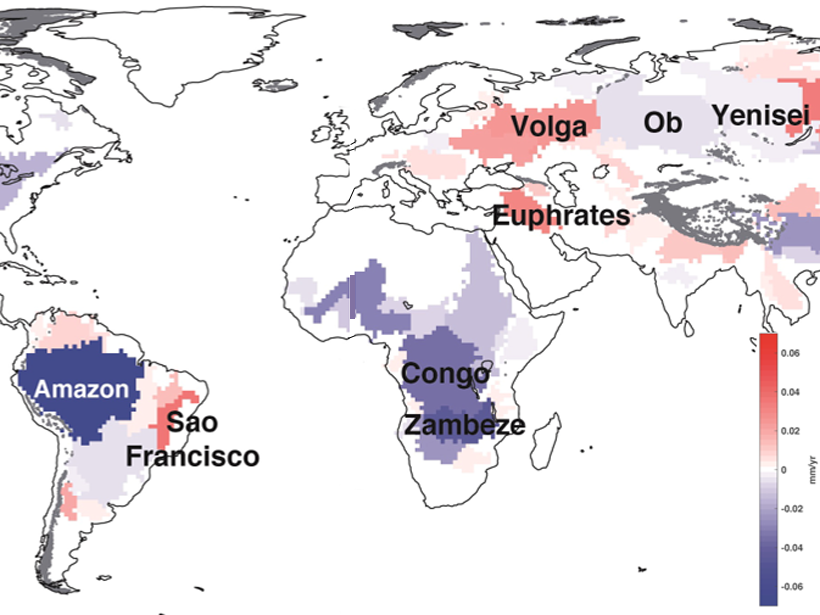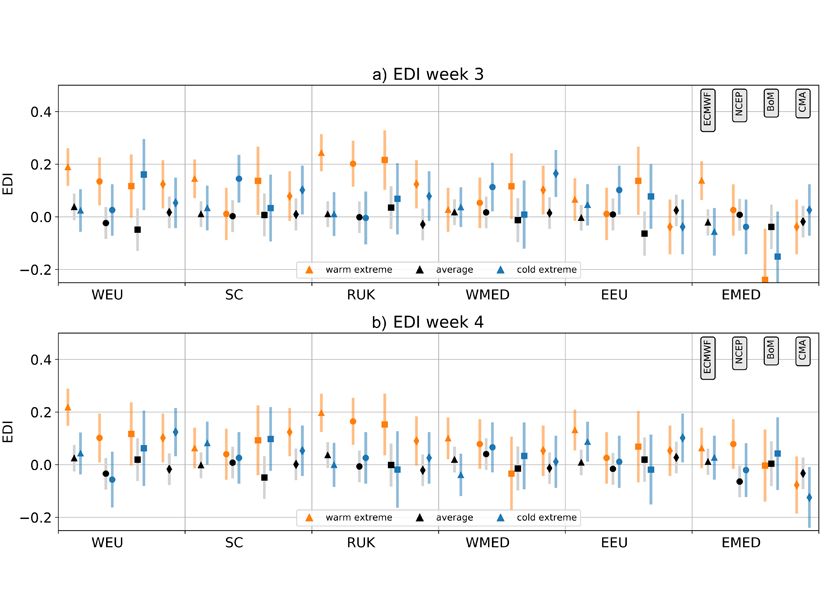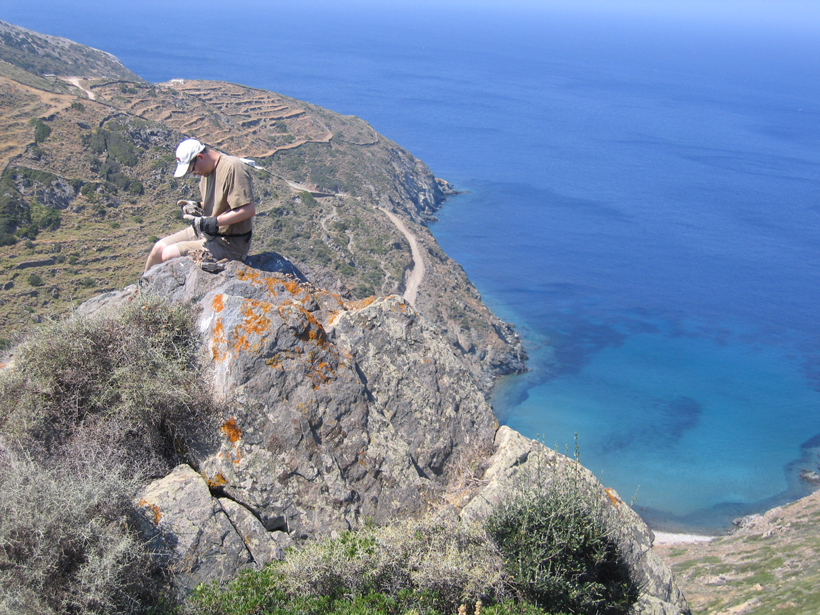A new methodology calculates the soil properties most likely to preserve pollen.
CC BY-NC-ND 2019
Forecasting Volcanic Eruptions with Artificial Intelligence
A machine learning algorithm automatically detects telltale signs of volcanic unrest.
Promoting Racial Diversity in Geoscience Through Transparency
Geoscience is notoriously lacking in diversity. Institutions can change this by making recruitment and selection processes transparent and by actively engaging minority students.
Creating Spaces for Geoscientists with Disabilities to Thrive
Flexible fieldwork options and more thoughtful recruitment efforts will better open our community to the diverse talent it needs.
Antarctic Ice Cores Offer a Whiff of Earth’s Ancient Atmosphere
Bubbles of greenhouse gases trapped in ice shed new light on an important climate transition that occurred about a million years ago.
A Closure on Sea Level Rise Budget
Terrestrial water loss may explain the lack of previous budget closure in global mean sea level rise.
Extreme Summer Heat over Europe Is Predictable Week-to-Week
Forecasts made one to a few weeks in advance, known as “subseasonal to seasonal” predictions, show more skill in predicting extreme summer heat waves over Europe than spells of normal or cold weather.
Meet Hygiea, the Smallest Dwarf Planet in Our Solar System
New observations confirm that main asteroid belt object Hygiea is round. It now fulfills all the requirements to graduate from asteroid to dwarf planet.
Using Garnets to Explore Arc Magma Oxidation
Samples collected from Greece help researchers piece together a scientific puzzle.
No Place to Flee
The Syrian refugee crisis has had far-reaching consequences for geologic risk in neighboring Lebanon, providing insights into the interplay between forced displacement and natural disasters.

